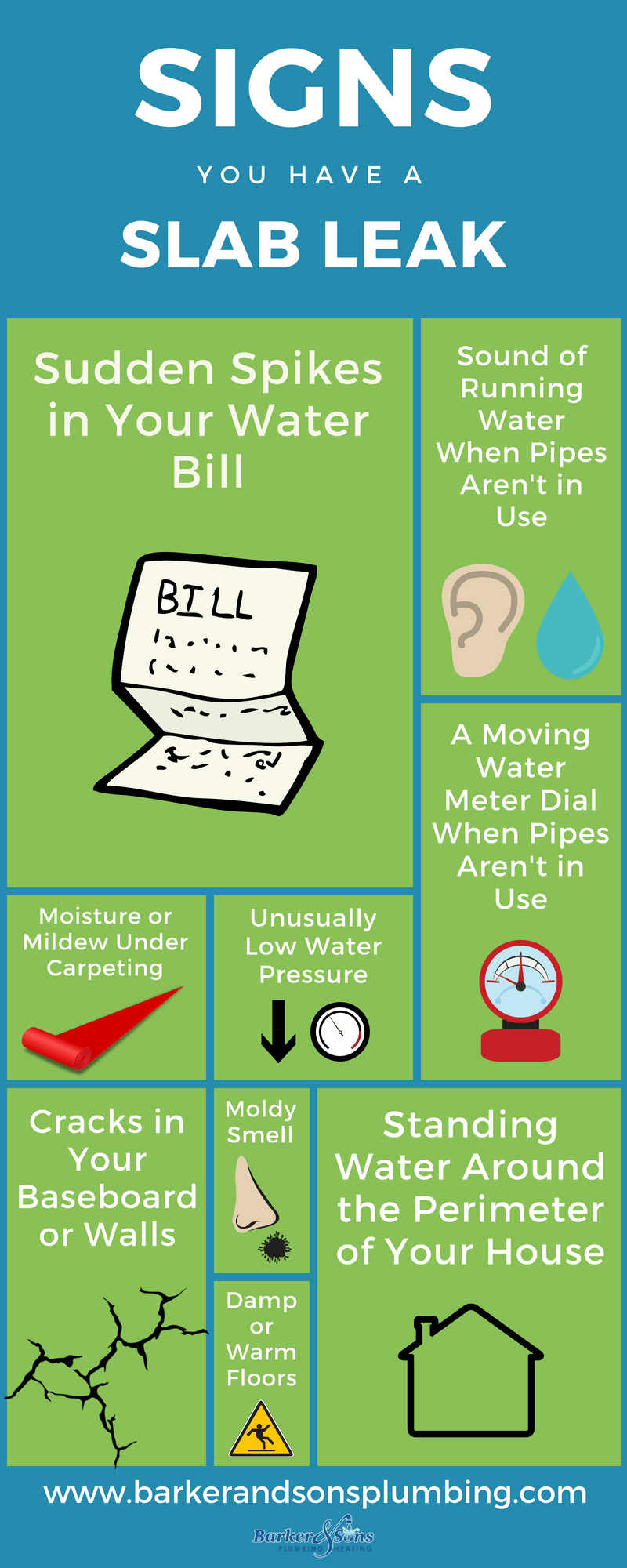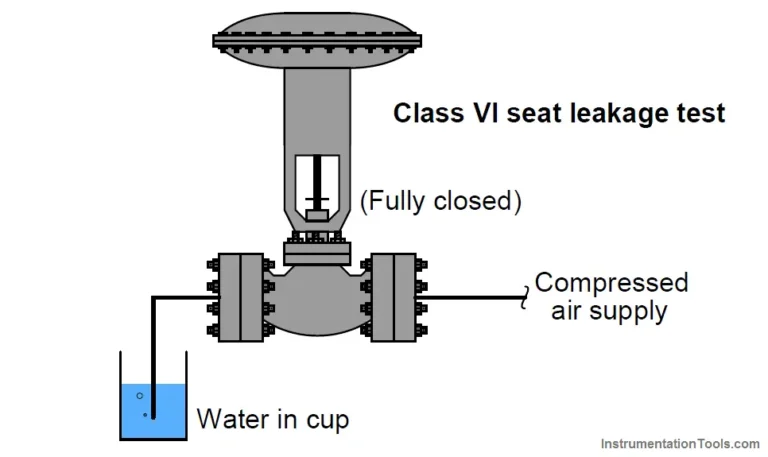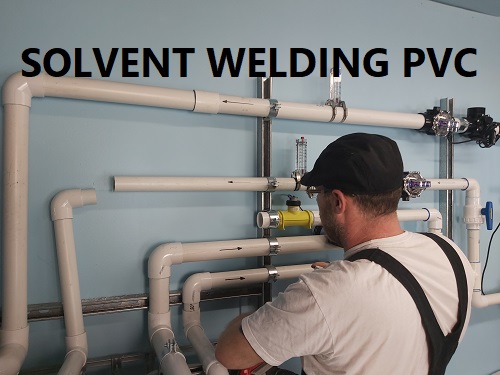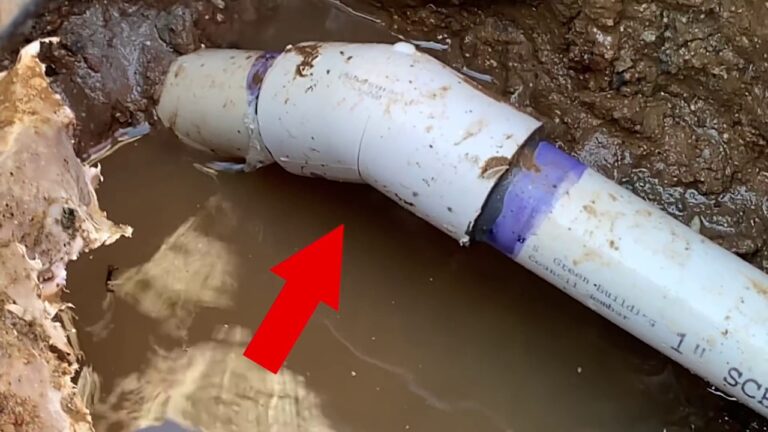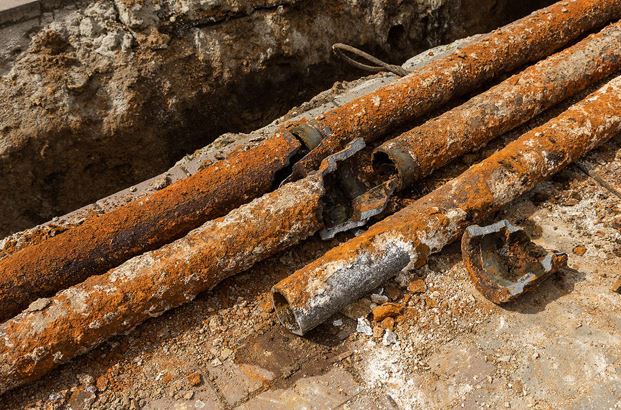How Do I Find A Leak In My Slab?
A slab leak is a plumbing problem that occurs when a pipe underneath the concrete slab foundation of a home or building springs a leak. Slab leaks can be difficult to detect and can cause extensive damage if left untreated. If you suspect that you may have a slab leak, it is important to find and repair it as soon as possible. In this article, we will discuss how to identify a slab leak and the best methods for finding and repairing it.
Identifying the Source of the Leak
When it comes to finding a leak in a slab, it is important to first identify the source of the leak. Leaks in slabs can occur for a variety of reasons, from faulty plumbing to cracks in the slab itself. Pinpointing the source of the leak can help you determine the best course of action to take in order to repair the leak.
One of the most common sources of slab leaks is faulty plumbing. If you have recently had work done on your plumbing system, this could be the culprit. In this case, it is best to call a professional plumber to assess the situation. They can locate the exact source of the leak and repair it quickly and efficiently.
Another possible cause of a slab leak is a crack in the slab. Cracks in the slab can be caused by settling, temperature changes, and other factors. If you suspect that the leak is caused by a crack in the slab, you can hire a professional to inspect it and determine the best approach for repair.
Finally, if you are unable to locate the source of the leak, it may be best to consult a professional. They have the necessary tools and expertise to quickly and accurately pinpoint the source of the leak and determine the most effective solution.
By understanding the possible sources of a slab leak and consulting a professional, you can ensure that your leak is quickly and effectively repaired.
Examining the Slab for Leaks
Leaks in a slab can be difficult to detect and can lead to costly repairs. Identifying a leak in a slab is a multi-step process that requires a thorough inspection of the slab itself. The first step is to check for visible signs of water damage and inspect the slab for any cracks or breaks. Once these have been identified, it is important to conduct a pressure test, which involves applying pressure to the slab and checking for any water leakage. If there is a leak, it is important to determine its source. This could be due to a plumbing issue or a structural problem. It is also important to investigate the surrounding area to determine if the leak is due to external factors such as heavy rainfall or flooding. Once the source of the leak has been identified, it is possible to take steps to repair it, such as filling cracks or sealing off any porous surfaces. Taking the time to inspect your slab for leaks can help you avoid costly repairs and keep your home safe.
Common Causes of Slab Leaks
Slab leaks can cause significant damage to a home. They are often caused by faulty plumbing, poor construction practices, and natural disasters. To protect your home, it is important to understand the potential causes of slab leaks and take steps to prevent them.
Poor plumbing is one of the most common causes of slab leaks. Faulty pipes, fittings, and fixtures can lead to slow, undetected leaks that can eventually cause considerable damage. Water pressure and extreme temperatures can also cause pipes to break and cause slab leaks.
Construction practices can also contribute to slab leaks. Poor soil compaction, inadequate waterproofing, and inadequate drainage can all lead to slab leaks. Improper placement of pipes can also create stress on the pipes, leading to leaks.
Natural disasters can also cause slab leaks. Earthquakes, floods, and landslides can all cause pipes to break and cause slab leaks. Additionally, in areas with high water tables, the shifting of the water table can put pressure on the pipes and cause them to break.
To protect your home from slab leaks, it is important to understand the potential causes and take steps to prevent them. Regularly inspect your plumbing for signs of wear and tear, and consider having a professional plumber inspect your pipes and fixtures for any existing or potential problems. Additionally, ensure that your home is built properly and that the soil is properly compacted and waterproofed. Finally, take steps to protect your home from natural disasters, such as installing flood barriers and seismic straps.
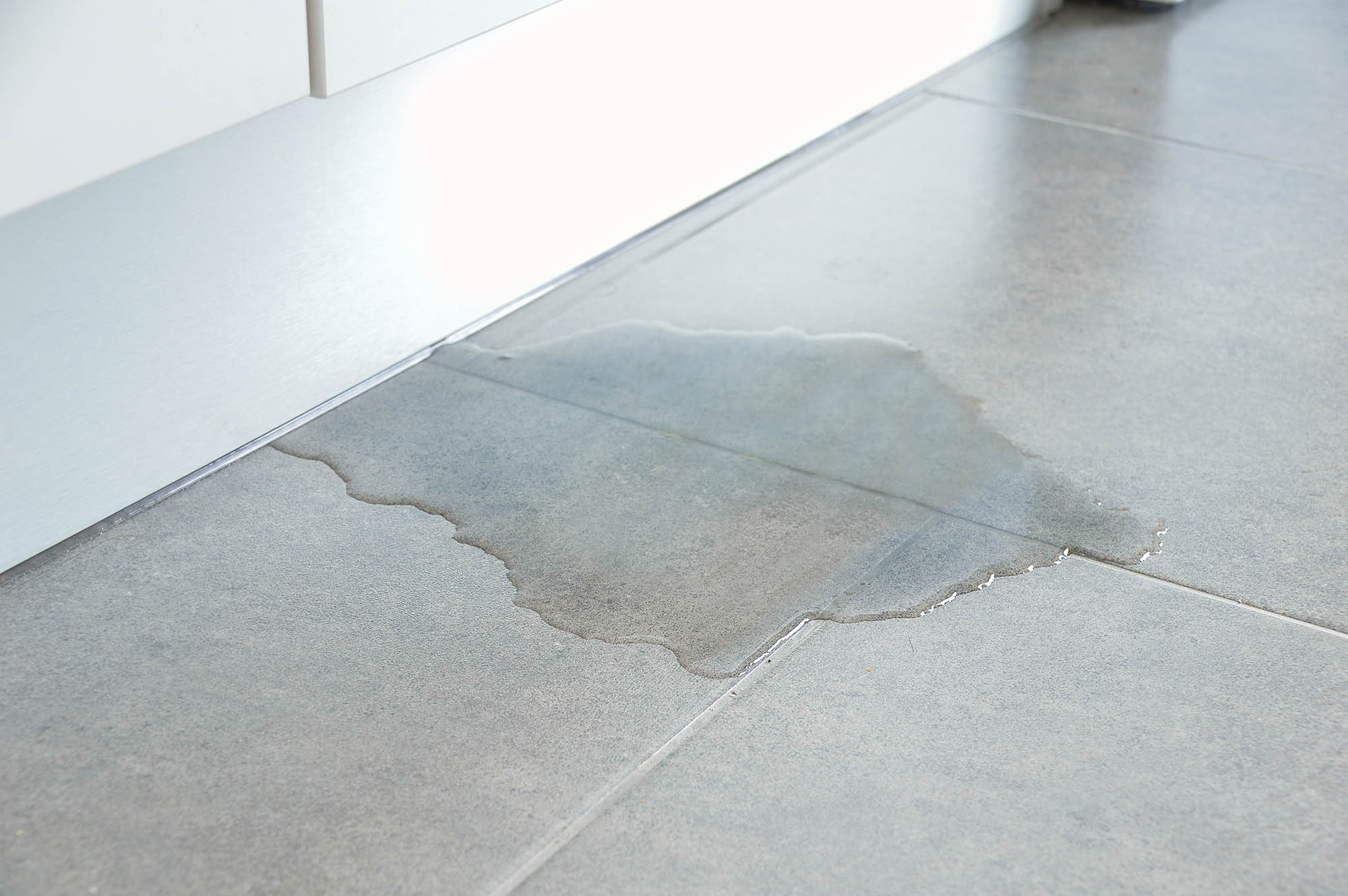
Preventative Measures
When it comes to avoiding costly slab leaks, the best solution is prevention. Taking proactive steps to ensure your slab has the best protection possible can save you time, money and headaches in the long run.
The first step to protecting your slab is to ensure that your home is equipped with an appropriate water pressure regulator. If your home is not already outfitted with this device, you can purchase one at a local hardware store. Installing this device will help to keep water pressure from getting too high, which can lead to slab leaks.
You should also ensure that your home has a water softener. Hard water contains minerals that can build up in your pipes and cause them to corrode over time. A water softener can help to keep your pipes in top condition and prevent mineral buildup.
Finally, you should have your plumbing system checked regularly by a professional plumber. Professional inspections and maintenance can help to detect any potential problems before they become a major issue. This can save you time and money in the long run.
By taking a few simple steps to protect your slab, you can save yourself from the headache of dealing with a slab leak. Prevention is always the best option when it comes to protecting your slab from costly damage.
Repair Options
When it comes to repairing a slab leak, there are two main options- slab jacking or slab replacement. Slab jacking is a process that uses pressurized grout to lift the slab back into its original position. This is typically the less expensive option, as it does not require the removal of the slab. However, it is important to note that this method may not work if the leak is due to a broken pipe or if the soil beneath the slab is unstable. If this is the case, then slab replacement may be the only option. Slab replacement involves the removal of the existing slab and the installation of a new one. This process is usually more expensive, but it can provide a more reliable and long-term solution.
No matter which option you choose, it is important to consult with a professional to ensure that the job is done correctly. A professional can provide you with the best advice and help ensure that the repair job is done right the first time. Additionally, they can provide you with an accurate estimate of the costs associated with the repair job. With the right professional, you can be sure that your leak is fixed quickly and safely.
FAQs About the How Do I Find A Leak In My Slab?
Q1. What are the signs of a slab leak?
A1. Signs of a slab leak can include an abnormally high water bill, the sound of running water from beneath the floor, warm spots on the floor, or visible water pooling up in the floor.
Q2. How do I know if I need to call a plumber to find the leak?
A2. If you’ve identified any of the signs of a slab leak, you should call a plumber as soon as possible. Plumbers are trained in locating and repairing slab leaks, and can do so in a timely and effective manner.
Q3. What is the best way to repair a slab leak?
A3. There are a few different methods for repairing a slab leak, and the best method will depend on the location and extent of the leak. Generally, the most common slab leak repair methods are spot repair, rerouting, and pipe bursting.
Conclusion
Finding a leak in your slab can be a difficult process. It is important to first determine the source of the leak before attempting to repair it. If you suspect a slab leak, it is important to contact a professional plumber to inspect your plumbing system and locate the source of the leak. Once the source is found, the plumber can recommend the best repair solution for your unique situation. In some cases, the leak can be repaired with a simple patch or pipe replacement. In more complex cases, the plumber may need to excavate the slab and replace the damaged pipe. In any case, it is important to find and repair slab leaks as soon as possible in order to prevent further damage and costly repairs.

